Nicole-Reine Lepaute
Nicole-Reine Etable de la Briere Hortense Lepaute was a French astronomer who
lived between 1723-1788. In 1762, she calculated the exact time of a solar
eclipse that was to occur in 1764. She wrote an article about this that gave
a map of the eclipse's extent in 15-minute intervals across Europe.
Lepaute also made predictions for the return of Halley's Comet in 1759. She
figured out how gravity from the planets would affect the
comet's path.
Her husband, Jean Andre Lepaute was France's royal clockmaker.
You might also be interested in:

How did life evolve on Earth? The answer to this question can help us understand our past and prepare for our future. Although evolution provides credible and reliable answers, polls show that many people turn away from science, seeking other explanations with which they are more comfortable.
...more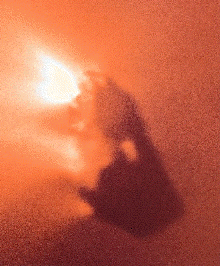
Halley's comet is the most famous comet of all. Halley's comet is named after Edmond G. Halley who was the first to suggest that comets were in orbit around the Sun. He suggested that a certain comet returned
...more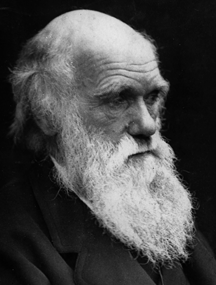
Charles Darwin was an English Naturalist who lived between 1809-1882. One of the most famous and influential scientists of all time, his ideas changed the ways all other scientists thought. Darwin started
...more
Christian Doppler was an Austrian mathematician who lived between 1803-1853. He is known for a principle he proposed in 1842. This is now known as the Doppler Effect. He thought that the pitch of a sound
...more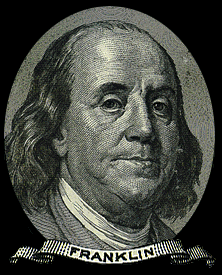
Ben Franklin was an American scientist and statesman who lived between 1706-1790. He studied electricity and learned of its dangers and possible uses. Franklin developed many inventions that made people's
...more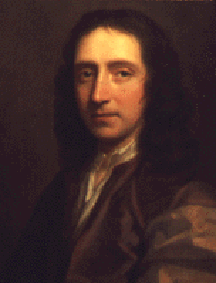
Edmond Halley was an English astronomer who lived between 1656-1742. He reasoned that the same comet which he saw in 1682 had appeared before and predicted that it would appear again, about every 76 years.
...more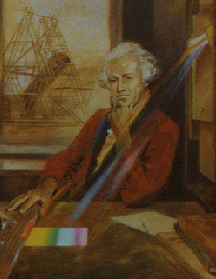
William Herschel was born in Germany. He moved to England and worked there most of his life. He lived between 1738-1822. He built powerful telescopes which let him observe the heavens with greater detail.
...more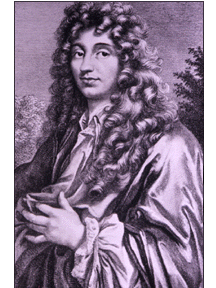
Christian Huygens was a Dutch physicist and astronomer who lived between 1629-1695. He made improvements in telescopes allowing people to view objects in space with greater detail. Huygens also invented
...more














